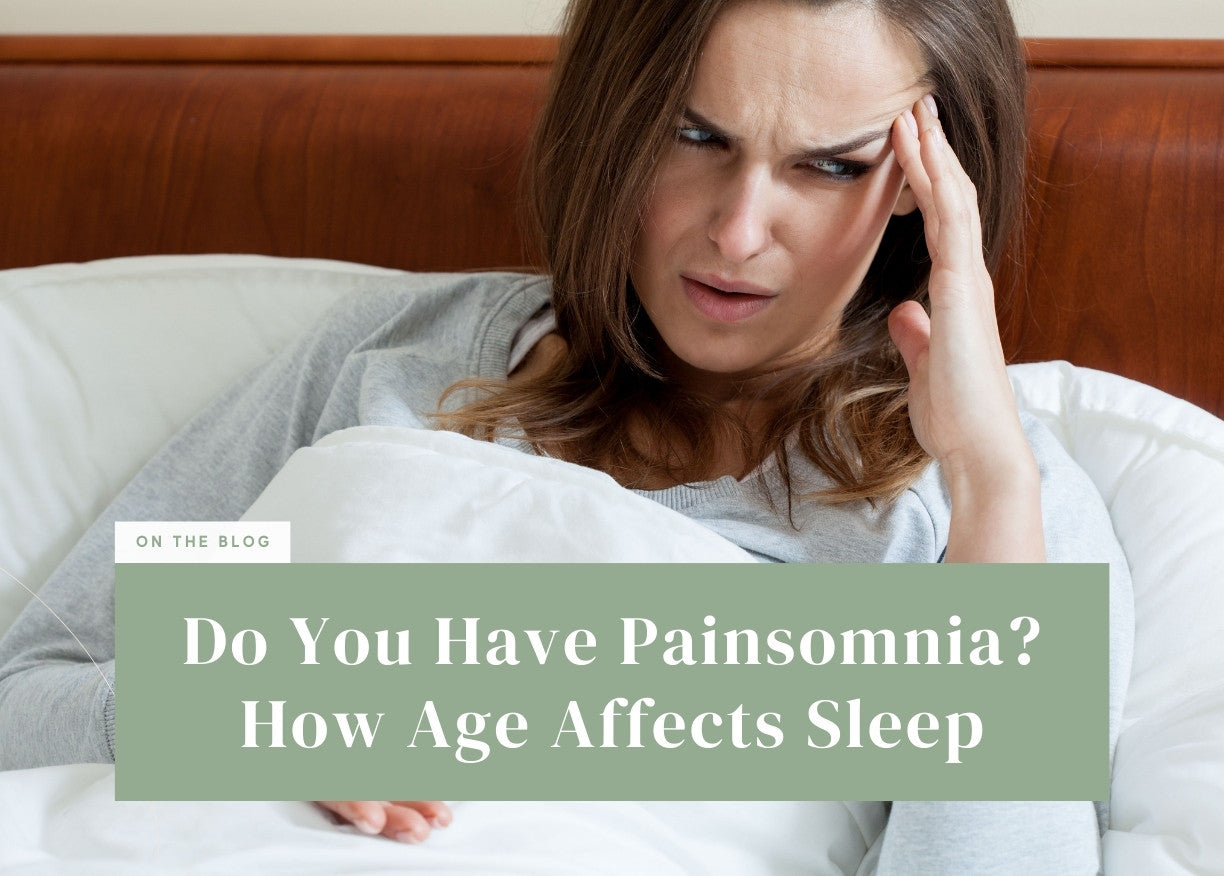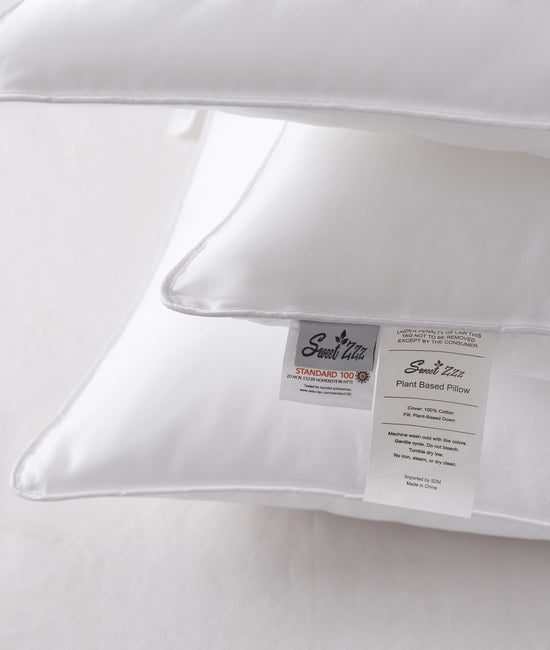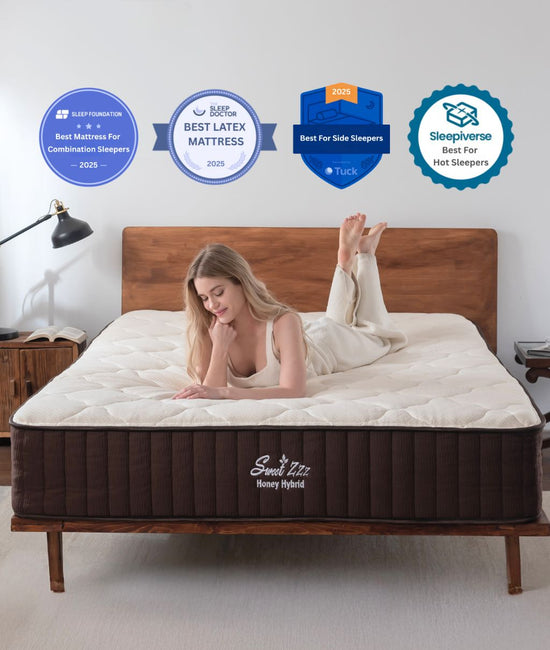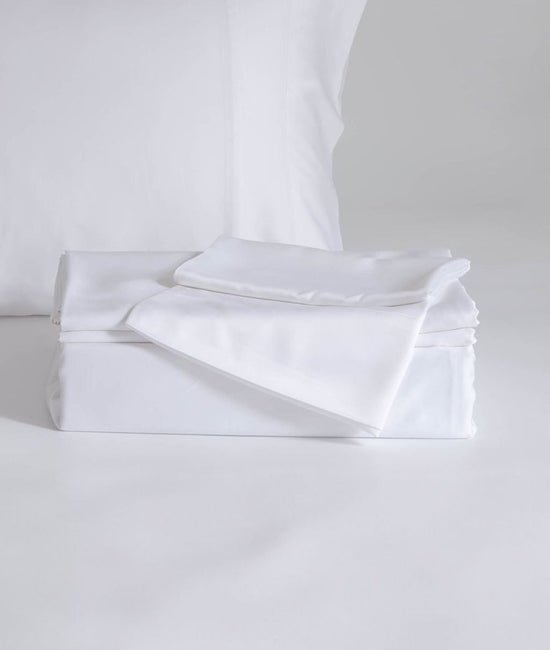Do You Have Painsomnia? How Age Affects Sleep
A friend once told me, “It’s not the clock that keeps me up at night—it’s my back.”
If you’ve ever lain awake, watching the hours tick by because pain made it impossible to get comfortable, you know the frustration of painsomnia.
And as we get older, both pain and changes in our natural sleep cycles can team up to make restful nights harder to come by.
What Is Painsomnia?

Painsomnia is when chronic pain interferes with your ability to fall asleep or stay asleep.
It’s common in conditions like arthritis, fibromyalgia, back pain, or even lingering injuries.
The tricky part? Poor sleep often makes pain worse, creating a vicious cycle:
-
Pain makes it hard to sleep.
-
Sleep deprivation amplifies pain sensitivity.
-
You wake up feeling even more sore and exhausted.
How Age Changes Sleep
As we age, our sleep needs stay about the same, but how we sleep shifts:
-
Lighter Sleep: Older adults spend less time in deep sleep, making them more prone to waking up from discomfort.
-
Earlier Wake Times: The body’s internal clock shifts forward, leading to earlier bedtimes and earlier mornings.
-
More Nighttime Awakenings: Pain, bathroom trips, and less stable sleep cycles all play a role.
-
Decreased REM Sleep: This can affect mood, memory, and overall brain health.
Combine these natural changes with pain, and you’ve got the perfect recipe for restless nights.
The Pain-Sleep Cycle in Aging Adults

-
Pain delays sleep onset – You toss and turn trying to find a comfortable position.
-
Pain interrupts sleep – You wake up frequently from discomfort.
-
Poor sleep lowers pain tolerance – The next day, the same pain feels more intense.
-
Chronic cycle develops – Both pain and insomnia worsen over time.
Strategies to Break the Cycle
1. Optimize Your Sleep Surface
-
A mattress that supports spinal alignment while relieving pressure points is crucial.
-
Older adults often benefit from medium-firm hybrid or latex mattresses that contour gently without sagging.
2. Temperature Control
-
Pain often feels worse in heat or cold—choose breathable bedding like bamboo sheets to help regulate body temperature.
3. Gentle Evening Movement

-
Light stretching or yoga before bed can reduce stiffness and ease muscles without overstimulating you.
4. Pain Timing

-
Take pain relief measures (if approved by your doctor) 30–60 minutes before bedtime so they’re in full effect when you lie down.
5. Supportive Sleep Positions

-
Back sleepers: Use a small pillow under knees to relieve lower back tension.
-
Side sleepers: Place a pillow between knees to reduce hip and lower back strain.
6. Consistency Is Key

-
Even with pain, sticking to a regular bedtime and wake time helps stabilize your body clock.
A Sleep Setup That Helps With Pain and Age-Related Sleep Changes
At Sweet Zzz, we’ve seen how the right sleep environment can help break the pain–insomnia cycle.
The Honey Hybrid Organic Mattress provides adaptive support zones that cradle pressure points without letting your spine sag—ideal for easing back and joint pain.
Pair it with our Plant-Based Pillow, designed for both support and breathability, so you can rest in proper alignment all night long.










